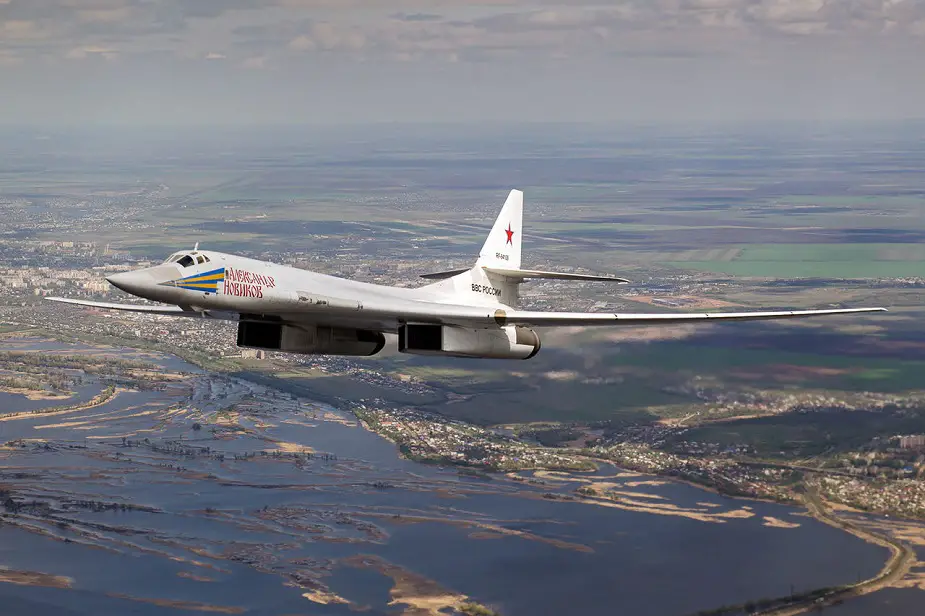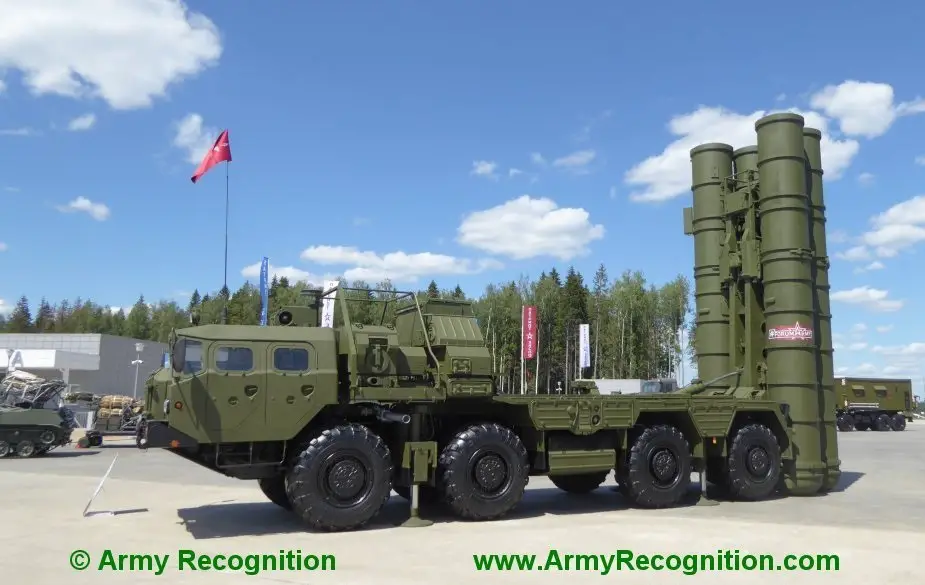Radar signature is not important for Tu-160 bombers
Foreign media are paying growing attention to Russian military hardware. The National Interest analyzed the characteristics of Tu-160 strategic bomber and concluded it has no major drawbacks except for one. It has no stealth technologies, Gazeta.ru online publication writes.
 Tupolev Tu-160 RF-94109 over the Volga, near Engels military air base (Picture source: Alex Beltyukov)
Tupolev Tu-160 RF-94109 over the Volga, near Engels military air base (Picture source: Alex Beltyukov)
The National Interest described Tu-160 as the fastest, the biggest and the heaviest ever built. It has an immense lifting capacity and carries a major number of conventional and nuclear arms.
The variable-sweep wing provides advantages. A straight wing provides higher lifting power at low speed while swept wing ensures better aerodynamics at high speed.
The National Interest said a drawback is the absence of stealth technologies which makes the bomber visible. Tu-160 does not have a low radar signature and can be easily detected by the adversary.
Some Russian State Duma members objected, but did not clarify the situation and only said Tu-160 can carry 40 tons of payload.
The bomber was created in Soviet times when stealth technologies did not exist. On November 28, 1967, the Soviet government issued resolution #1098-378 which opened the design of the strategic intercontinental bomber. The designers had to create a carrier with high flight characteristics. The cruising speed at 18000 meters had to be 3200-3500 km/h with a range of 11000-13000 km. The flight range at subsonic speed and at the ground had to be 16000-18000 and 11000-13000 km respectively. No stealth tasks have been set.
Stealth characteristics are not necessary for strategic aviation even at present. Tu-160 carries cruise missiles with nuclear or conventional warheads. They have a range of several thousand kilometers (various data say the latest Kh-101 has a range of 4.5-5.5 thousand kilometers). A strategic bomber does not have to enter the air defense zone. Its task is to fire weapons from outside the zone.
Russian S-400 Triumf is the longest-range antiaircraft weapon in the world. The maximum range is 380 km. It means Tu-160 can fire cruise missiles from a distance of two thousand kilometers from the air defense area.
Tu-160 does not need stealth characteristics in low-intensity conflicts as well. Irregular and terrorist units do not have a developed radar field or antiaircraft missiles and fighter jets.
 S-400 air defense system displayed at Army-2019, Russia (Picture source: Army Recognition)
S-400 air defense system displayed at Army-2019, Russia (Picture source: Army Recognition)
The Americans operate 140 strategic bombers and only 20 B-2 have a low signature. They were initially designed for operation in air defense areas, as their weapons have a limited range.
Actually, the so-called invisible aircraft do not exist in principle. B-2 has a low signature in the centimeter band, but is clearly visible in the meter band. Radars of the band comprise the backbone of radio-technical troops.
 B-2 Spirit (Picture source: US Air Force)
B-2 Spirit (Picture source: US Air Force)
Naturally, stealth features are an important advantage. All prospective aircraft, including the Russian Prospective Airborne Complex of Long-Range Aviation (PAK DA) are created with stealth technologies.
However, the absence of stealth features is not the main drawback of Tu-160. The main problem is a small number of the bombers in the long-range aviation. They are less than a regiment. The Long-Range aviation currently operates 17 Tu-160. They operate in the 121st heavy bomber air regiment of the 22nd air division based in Engels. Therefore, it is improper to speak about any operational significance of available Tu-160.
The first deeply upgraded Tu-160M was built from scratch and is to become operational in 2021. There is no information whether NK-32-02 engine for the new bomber has been upgrade to the required level.
The production of engines for strategic aviation was stopped in 1991. It resumed in 2016, as the production of Tu-160M resumed in Kazan. In 2018, the Defense Ministry reportedly planned to procure 22 NK-32-02 engines for the new bombers, as no other suitable engine is in store in the coming ten years.
There were reports about the construction of 50 Tu-160M. No delivery deadlines were announced. If the Tu-160M program is fulfilled, there will be enough bombers for one division.
At present, the Long-Range aviation is incapable of delivering a massive strike in a conventional armed conflict. A massive air strike demands the power of an air army. Corps and divisions can deliver group strikes. The Russian Long-Range aviation is far from an army at present. It is the main problem of the Long-Range aviation rather than the absence of stealth features in Tu-160, Gazeta.ru said.
© Copyright 2020 TASS. All rights reserved. This material may not be published, broadcast, rewritten or redistributed.


























